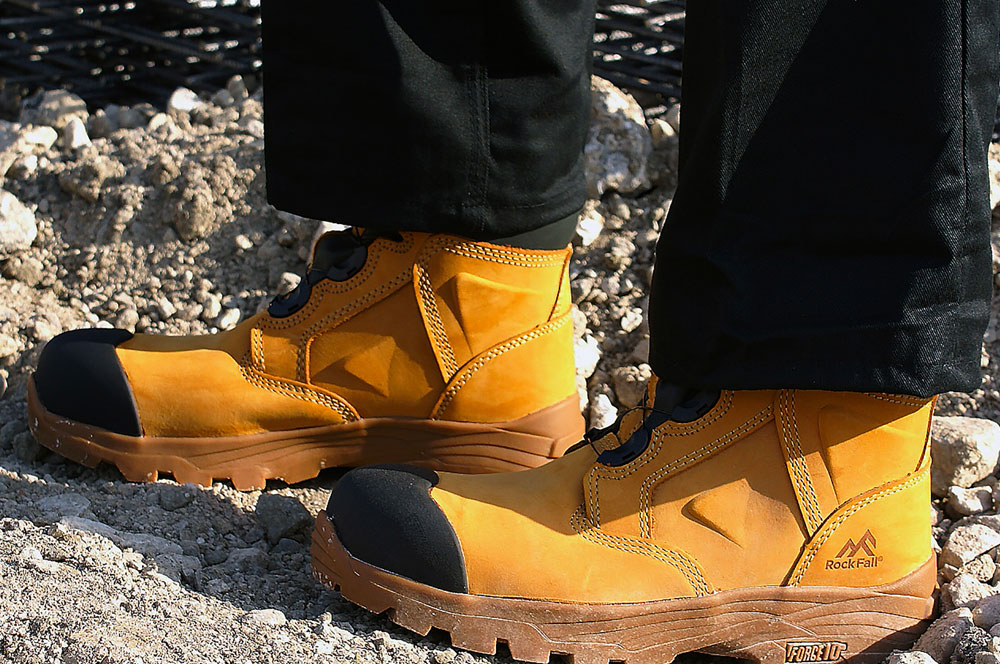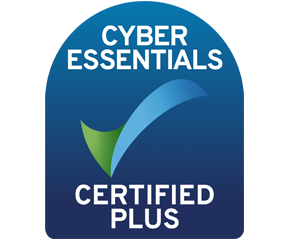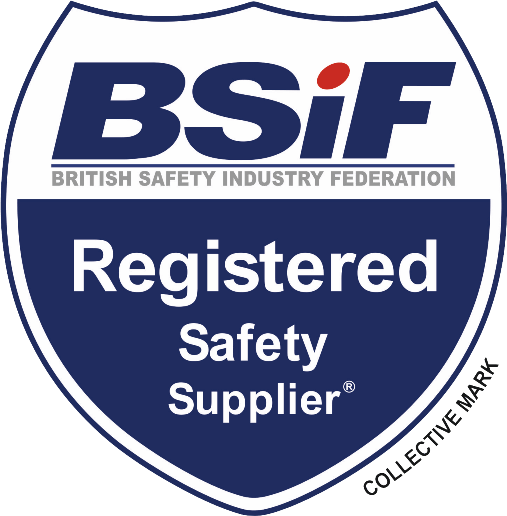Standards Information
An impartial and factual guide to how Safety
Footwear is classified in Europe.

EN ISO 20345:2011
This is the standard which all styles that are classified as
‘safety footwear’ are tested to.
EN ISO 20345:2011
What is EN ISO 20345:2011?
This is the standard which all styles that are classified as ‘safety footwear’ are tested to.
Testing your Toecaps
The impact protection (falling objects) provided is 200
Joules and the compression protection (crushing) provided
is 15,000 Newtons (1530 kgs).
SB
What is SB?
Any product that is classified as SB only has a protective toecap.
What SB suitable for?
SB styles should only be specified in areas where there is no risk of damage to under foot. It is commonly sold in retail outlets.
S1P
What is S1P?
Any product that is anti-static and made with a protective toecap and midsole only.
What is it suitable for?
S1P styles should only be specified for indoor environments where they will not be exposed to rainwater or outdoor elements.
S3
What is S3?
Any product that is anti-static, made with a protective toecap and midsole and includes a water repellent upper.
What is it suitable for?
S3 styles are the most commonly specified standard for industry. They usually have additional features that are classified separately.
S5
What is S5?
Any product that is a polymer or rubber moulded construction making them water and leak proof. i.e. Wellingtons.
What is it suitable for?
S5 styles are used in areas where there is a constant presence of water or liquids.
Slip Resistance
Slips, trips and falls are a big problem in the UK.
SRA
What is SRA?
SRA What is SRA? Any product which has been tested on a ceramic tile wetted with dilute soap solution.
What is it suitable for?
Footwear that been rated as SRA should be worn in environments where there is a low chance of slip.
SRB
What is SRB?
Any product that has been tested on smooth steel with glycerol.
Why do I never see SRB?
If a product passes the SRA test, it can be tested to SRB rating, once it has achieved both, it becomes SRC.
SRC
What is SRC?
Any product that has been tested under both the above conditions.
What is it suitable for?
SRC rated footwear will give the best chance of preventing a slip, trip or fall. However, it is important to, where possible design out the risk.
Additional Classifications
Safety footwear has many additional classifications that can form an essential part of a companies risk assessment.
WR
What is WR?
Any product that has been tested to be fully waterproof using a flex test.
What is it suitable for?
Not to be confused with Water Repellent, which is a classification reached by all S3 Boots. WR stands for Water Resistant which means it can be worn in outdoor environments exposed to sustained wet weather and not leak.
CI
What is CI?
Any product which upper has been tested for cold insulation. Standard level is -17°C. Can be certified to -40°C.
What is it suitable for?
Styles that have been tested and passed the CI standard offer enhanced protection in challenging, cold environments.
HI
What is HI?
Any product which upper has been tested for heat insulation resistance against a minimum of 150°C.
What is it suitable for?
Styles that have been tested and passed the HI standard can be used in close proximity to hot surfaces such as freshly laid tarmac.
HRO
What is HRO?
Any product which outsole has been tested for heat resistance against 300°C on contact.
What is it suitable for?
Styles that have been tested and passed the HRO standard can be used in close proximity to hot surfaces such as freshly laid tarmac.
M
What is M?
Any product that offers additional metatarsal protection that achieves the 100J test is certified with M standard.
What is it suitable for?
Commonly found in traffic management, or places where heavy objects are hand carried, such as breweries etc.
Specialist classifications
Our most technical performance footwear for the harshest working environments
ASTM F2413-18 | EH Certified
What is Electrical Hazard?
Electrical Hazard footwear is used to protect wearers from up to 18kV Electrical risks. It’s intended as secondary protection equipment to be used in addition to other Electrical Hazard Equipment i.e. Gloves and Grounding apparatus and not for live working.
What is it suitable for?
Used by companies that face the potential risks from live electricity i.e. Rail, Power Generation, Utilities and Construction.
EN 61340-4-3:2018 | ESD Certified
What is ESD?
ESD Compliant footwear is used to prevent damage to electronic components via an Electrostatic discharge.
What is it suitable for?
Used in electronics manufacturing processes to ensure the control of electrostatic levels.
BS EN 17249:2013 | Chainsaw Protection Boot
What are the different classifications?
Below Classification: 16 metres per second (36 mph) (3150 feet per minute) Class 1: 20 metres per second (45 mph) (3937 feet per minute) Class 2: 24 metres per second (54 mph) (4724 feet per minute) Class 3: 28 metres per second (63 mph) (5512 feet per minute)
What is it suitable for?
Used in harsh abrasion environments and are commonly found where extensive landscaping work, both with and without chainsaws is undertaken.
EN ISO 20349:2017 | Certified Protection Against Thermal Risks and Molten Metal Splashes
What is Wg/Fe/Ai?
Any product that has passed the appropriate test using molten metal splinters is certified with the Wg/Fe/Ai standard. Wg = Molten Metal Splinters i.e. welding sparks (Welding Boots) Ai = Aluminium Splash (Foundry boots) Fe = Iron Splash (Foundry boots)
What is it suitable for?
Welding and Foundry boots can be used throughout heavy engineering due to their design, protective covers and limited stitching.


